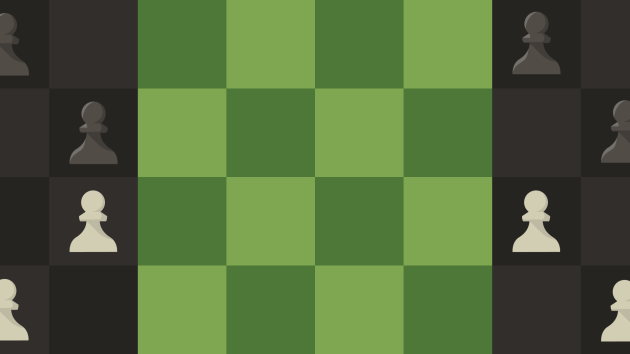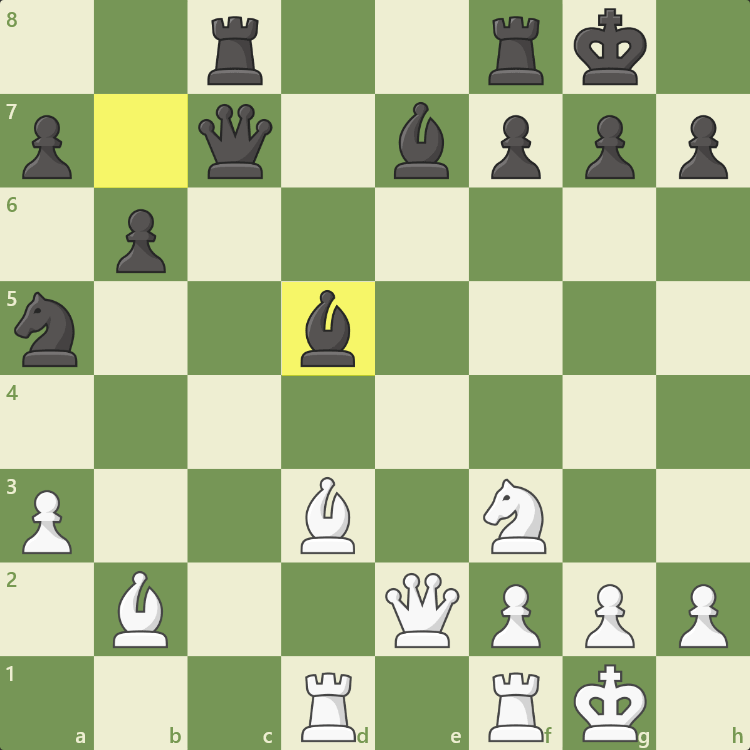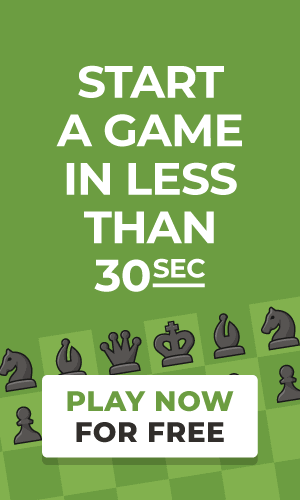
Open Game
If you are a tactical player who thrives in chaos and likes to attack, playing for an open game is probably a good bet for you.
Here's what you need to know about open games:
- What Is An Open Game In Chess?
- Open Game Example
- Why Is Identifying Open Games Important?
- Conclusion
What Is An Open Game In Chess?
Even though pawns are the weakest pieces in chess, they are also critical to determine how the game will unfold. As the famous French master Francois-Andre Philidor put it, "pawns are the soul of chess." The reason behind this affirmation is that the placement of the pawns will often dictate the best plans for players to pursue.
An open game happens when most pawns in the center are gone, especially the d- and e-pawns. When this is the case, the pieces have uncluttered lines and diagonals to move around freely.

Open Game Example
There are plenty of examples of open chess games in history. One famous instance of this type of game is the miniature played between Richard Reti and GM Savielly Tartakower in 1910. By move seven, all four central pawns were gone, a situation that created open lines in the center of the board.
Reti quickly put his pieces into play, even at the cost of a knight. He realized that the weak enemy king was more meaningful than his minor piece. Reti then delivered a game-ending tactic to checkmate his opponent and write his name in history.
Why Is Identifying Open Games Important?
Identifying when a game is open will help you decide your plan of action for the game. Generally speaking, long-range pieces become more powerful when pawns are not cluttering the board. Bishops are usually more powerful than knights, and rooks and queens become even more dangerous. Open positions also create more opportunities for tactical shots for both players.
GM Hikaru Nakamura's victory with the black pieces over GM Michal Krasenkow in 2007 is an outstanding example of how to play open games. Nakamura understood that with an open position, piece activity and tactics dictate the outcome of a game. The super-grandmaster sacrificed his queen to bring the enemy king out in the open. With active pieces and clear lines of attack, the sacrifice was more than worth it.
Conclusion
You now know what an open game is, how to identify it, and the general principles of playing these positions. Head over to our Puzzles page to practice your tactics and start dominating the open board!









